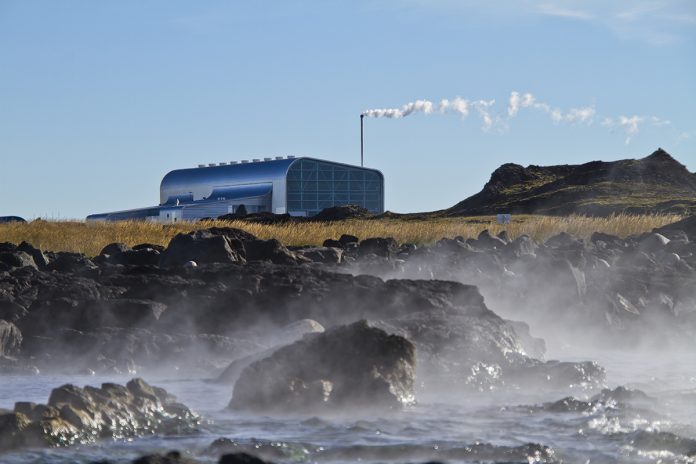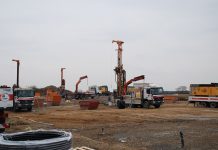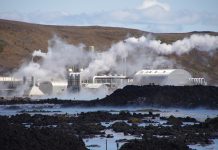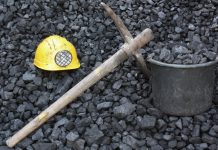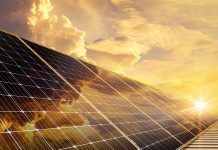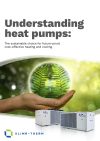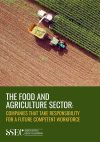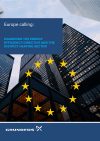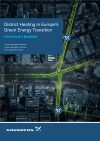Iceland is at the forefront of energy transition and is seeking ways to become independent of fossil fuels via geothermal resource utilisation
Iceland has put energy transition high on its agenda. In the same manner as earlier in the 20th century, the country has shifted from fossil fuels for space heating to geothermal, it is today seeking ways to become independent of fossil fuels for transport. Not only are alternative fuels an important part but the country is also attracting players interested in buying the green energy produced from geothermal and hydropower. In this context, it has become important to optimise the energy production processes of already existing power plants without developing new geothermal fields.
Geothermal resource utilisation – hidden potential
Although the applications related to geothermal, from power production to bathing, space heating, drying of crops, are well-known and use proven technologies, we at Verkís approach each project as a unique project where solutions can be found to optimise the utilisation of the resource and harness it in a sustainable manner.
The “Geothermal Resource Park” concept in the Reykjanes in Iceland is one of the best examples of how geothermal resources can be best exploited. Although initially developed to produce hot water for space heating for the local community and later on electricity, the main products and areas of operation of the parks nowadays include hotels, balneology, fish drying, fish farming, wellness tourism, production of methanol, algae, cosmetic products etc. from substances present in the geothermal resource and resources involved in the process of the geothermal power plants such as fresh water and seawater.
Companies in the Resource Park use leftover streams from HSv zs Orka’s power plants in Svartsengi and Reykjanes for a wide range of activities that create about 1.200 jobs.
As Albert Albertsson, concept creator of the geothermal resource park, mentioned: “in geothermal there is no box and no one solution fits all”. The Reykjanes geothermal power plant belongs to the Geothermal Resource Park, owned by HS Orka, and some features developed there to harness geothermal resources at best are an example of how this way of thinking can be applied.
Energy optimisation at the Reykjanes power plant
The Reykjanes power plant is among the most challenging geothermal power plants ever built in Iceland. The power plant started to produce electricity in 2005 and it is currently being expanded from 100 MW to 130 MW without drilling any additional well. The separated geothermal water that was initially partly reinjected and partly discarded at 210°C into the ocean will now be used for electricity production thanks to a unique design feature.
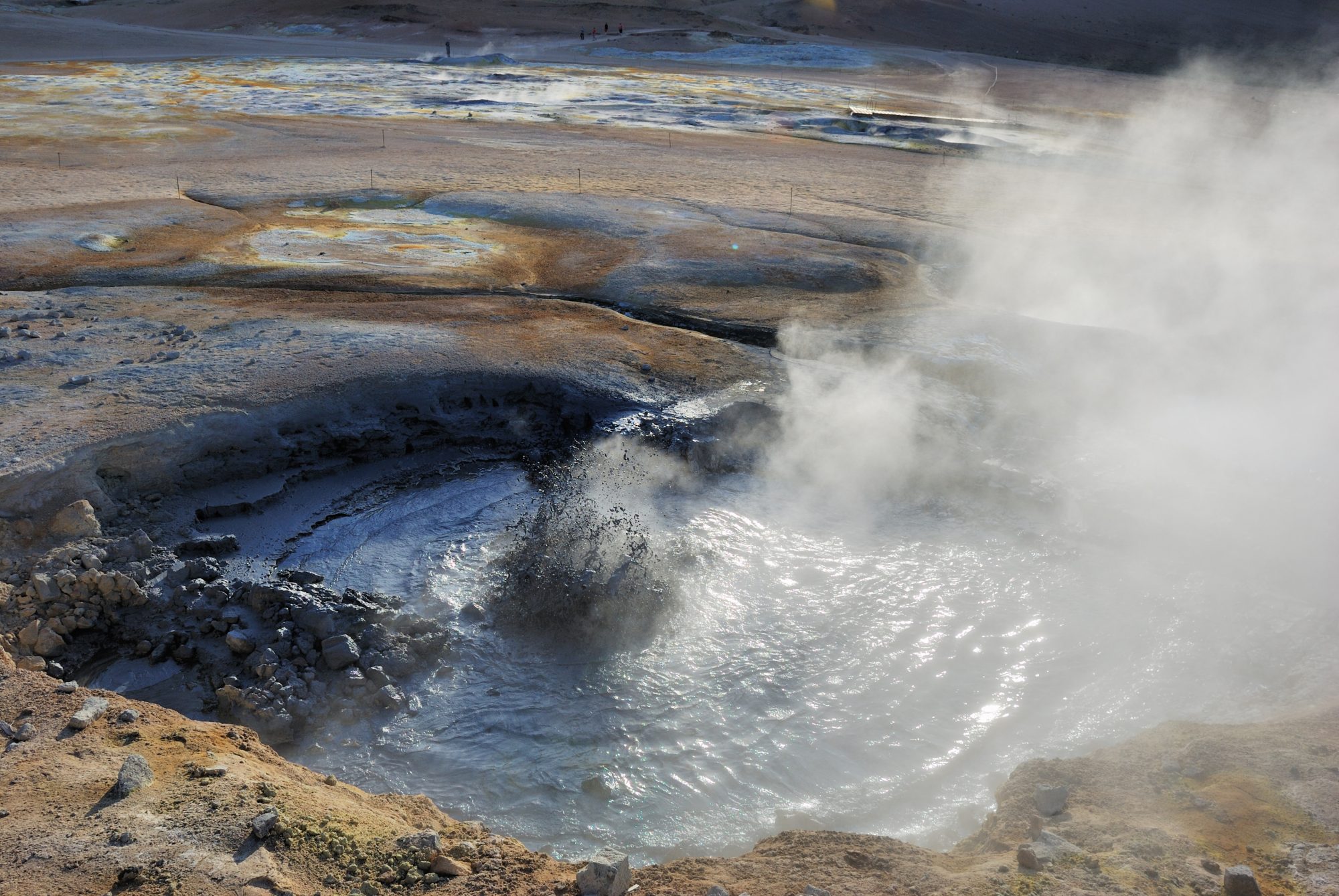
Initial development of the Reykjanes power plant
The geothermal field is one of the hottest, with temperatures of the geothermal fluid in boreholes reaching up to 320°C. Scaling and corrosion, in combination with high salinity and high temperatures, was one of the main design challenges. In order to avoid silica scaling, a steam separation pressure of 20 bar was required, which is considered unusually high for a geothermal plant. The turbine was designed by Fuji for a 19 bar single inlet pressure, which is unique. It also has special features to increase tolerance against erosion and corrosion.
Whereas the steam, separated from the geothermal fluid at high pressure, is used to produce electricity, the separated hot geothermal water has high silica and salinity levels and has remained unused for many years. It is due to the fact that severe scaling occurs if it is flashed to a lower temperature. Although various technical solutions exist, such as the use of acid to mitigate scaling, the hot geothermal water was difficult to exploit.
Expansion of the plant thanks to an original concept
With changing time and better knowledge gained through trials of how the geothermal fluid behaves in various operational conditions and how scaling can be controlled, it is now possible to harness the energy contained in the separated water. The expansion of the Reykjanes power plant to 130 MW consists of adding a low-pressure turbine unit that uses the thermal energy of hot brine, while handling the geothermal water in such a manner that scaling can be handled without using any additives or inhibitors.
HS Orka and Verkis, in collaboration with Kemía, developed an experimental project that involved applying new steam separation technology that handles silica saturated geothermal water from the existing high pressure steam separators. The steam separators developed in this experimental project are the first of their kind and aim at controlling where silica deposition occurs in the system to avoid negative impact on the power plant operation. Silica can then be collected and utilised as a by-product of the power production. Pilot separators have been developed and tested and their design has been scaled to the planned power plant expansion.
Seawater, purified naturally through lava, will be extracted at wells at a temperature of about 10°C and used at the plant’s condensers. The cooling process produces seawater at 35°C, used for fish farming at the geothermal resource park. This approach enables to recover and use thermal energy that would otherwise go to waste as part of the overall concept of the HS Orka’s Resource Park. The power plant expansion will not utilise all the separated geothermal water available from the high-pressure steam separators and part of it will be used to provide thermal energy for fish drying.
Development of such a solution has enabled HS Orka to better use the geothermal resources at hand and produce electricity with fairly low capital cost compared to a project requiring drilling of new geothermal wells. It is also in the spirit of the concept creator of the geothermal resource park, not to waste any resources.
Verkis was the main engineering consultant for the initial phase of the project and is now responsible for all engineering design and preparation of tenders and is the owners engineer for the implementation phase of the 30 MW expansion.
Please note: This is a commercial profile
© 2019. This work is licensed under CC-BY-NC-ND.
More About Stakeholder
-
Verkís Consulting engineers
Verkís Consulting engineers with world-class expertise in geothermal, hydropower and sustainable solutions.
Contributor Profile
Contributor Profile
Editor's Recommended Articles
-
Must Read >> Renewable geothermal energy: A climate champion
-
Must Read >> Volcanoes and geothermal and mineral resources


